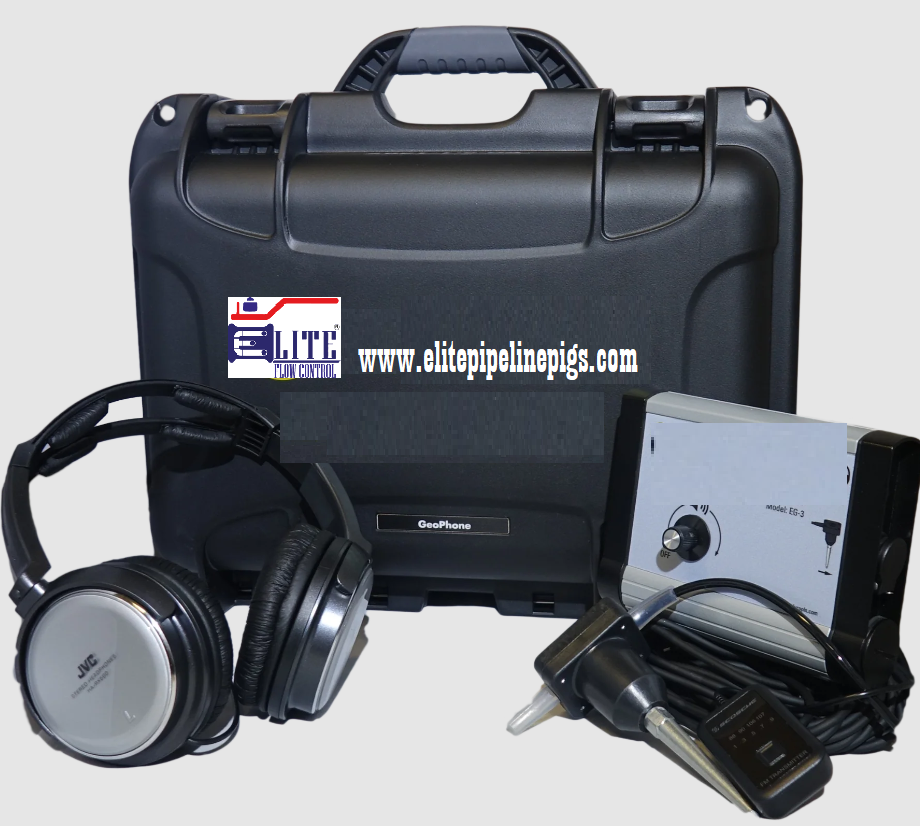Geophones are devices used to convert ground motion (such as vibrations from seismic waves) into electrical signals. They play a crucial role in geophysical surveys, particularly in the oil and gas industry, as well as in environmental monitoring and earthquake research .
Key Features of Geophones:
- Working Principle: Geophones typically consist of a mass suspended on a spring. When ground motion occurs, the mass moves relative to the case, generating an electrical signal proportional to the velocity of the ground movement.
- Types:
- Vertical Geophones: Measure vertical ground motion.
- Horizontal Geophones: Measure horizontal ground motion, often used in pairs to capture motion in two dimensions.
- Applications:
- Seismic Surveys: Used to locate oil and gas reserves by measuring how seismic waves travel through different subsurface materials.
- Earthquake Monitoring: Help in detecting and analyzing seismic events.
- Environmental Studies: Monitor vibrations in relation to construction activities or natural phenomena.
- Sensitivity and Frequency Response: Geophones vary in sensitivity and can be tuned to different frequency ranges, depending on the specific application.
- Installation: They can be installed on the surface or in boreholes, depending on the survey requirements.

Geophones
Includes:
- EWG-1 Amplifier
- 2 sets of 4 “AA” batteries
- Bluetooth headset
- High-impact, o-ring sealed watertight carry case
Features
- Volume Control
- Ground Probe Power up to 30 Hours of Operation
- High Quality Audio
- Rechargeable Headset
- Industrial grade, rugged case
- Compact size
